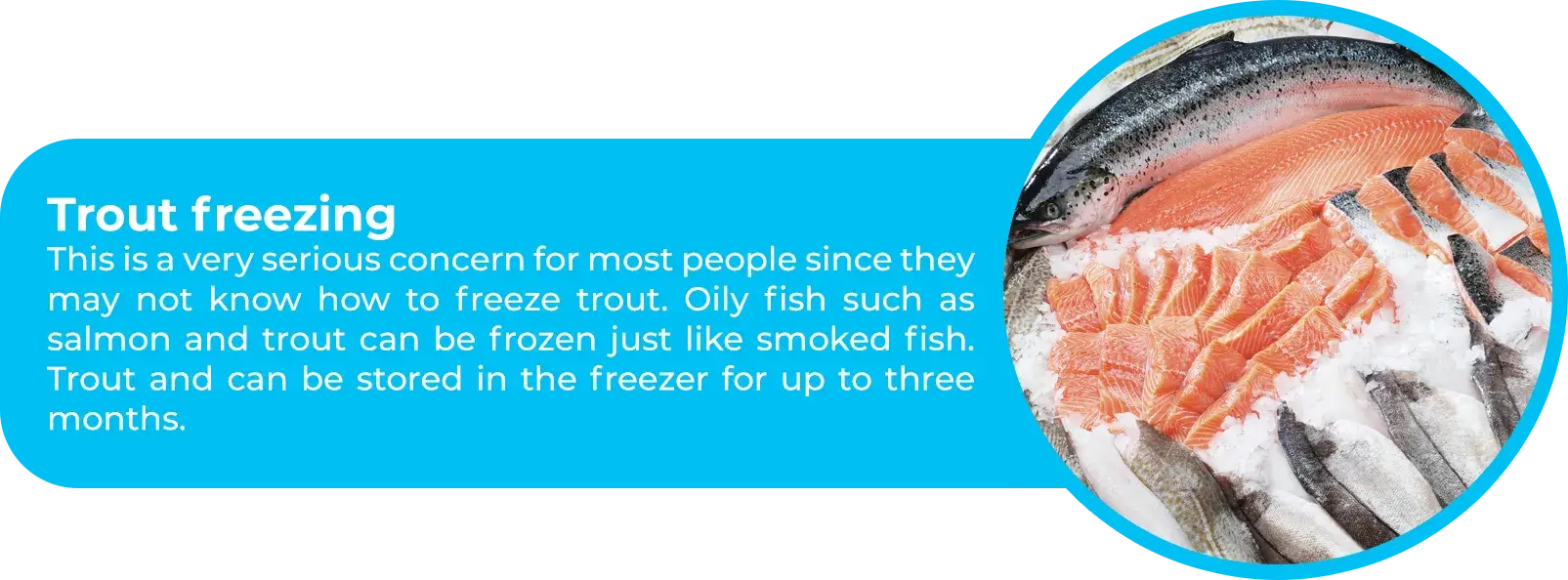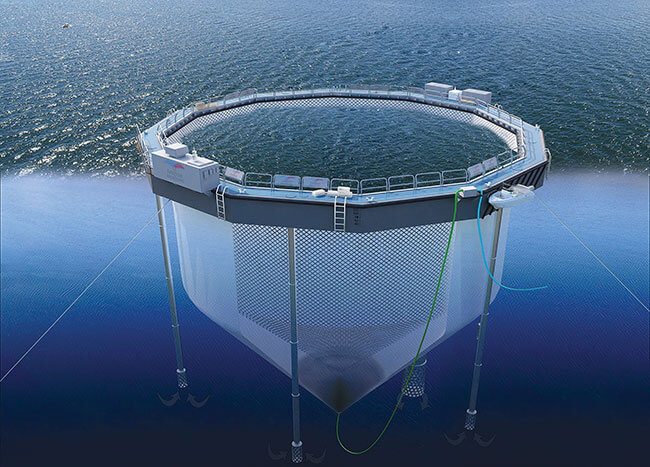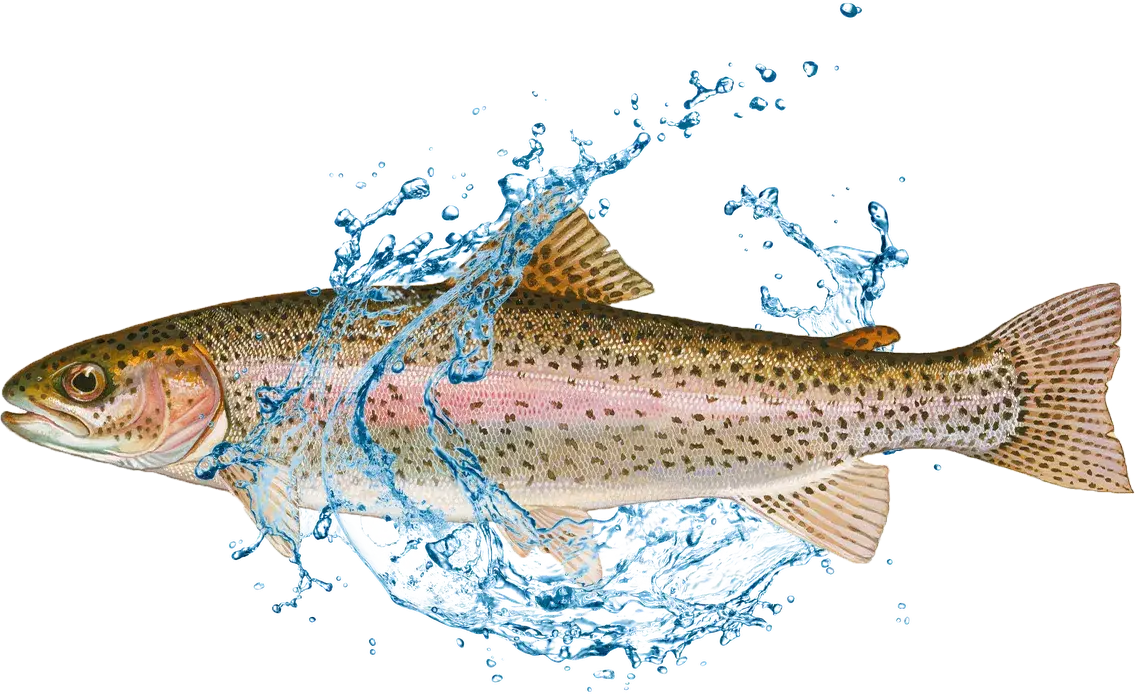Trout Products, Species and Habitats
Trout products
Ghezel Protein Sami Gharb is one of the leading and innovative companies that is committed to producing high-quality, delicious, and unique products that can provide customers with pleasurable experiences. They are focused on the quality of their products and try to deliver products with the highest quality. They are very flexible in their production and this flexibility will lead to variety in production. They have a strong commitment to the improvement of every step of the trout value chain by employing new technologies and new production methods. The ultimate goal of Akoofish is to create unrepeatable experiences for its customers with top-quality products and they seek their customers’ satisfaction with quality of their products. They mix quality with innovation and flavor to produce distinct and unique products.
Trout products of Akoofish encompass a range of items from the trout fish, a freshwater fish species highly regarded for its culinary qualities by Professional cooks and chefs.
The quality of trout products can vary widely depending on factors such as the source, processing methods, and storage conditions. According to these factors, Akofish produces salmon products in the best conditions and with the best equipment and machines to satisfy customers and consumers.
How to buy Trout?
To buy trout, there are a few steps you can follow them. Firstly, you can go and check your local grocery store or fish market to see if they offer trout. If they do, you can select the fresh trout you want and buy it from the local market. If you prefer, you can also purchase frozen trout, which may be more readily available. It’s important to make sure the trout is fresh and has been properly stored and Frozen. Once you have selected your trout, you can take it home to cook as desired.
What is trout?
Trout refers to a group of freshwater fish, which are known for their distinct features such as improved body shape, colorful patterns, and robust swimming ability. They usually choose cool freshwater as their habitat. They can be found in North America, Europe, and other different parts of the world. Trout is recognized as one of the most popular game fish in the world. They do not have the same color, in another word, place of living and type are two important factors that determine the color of trout. The majority of trout species belong to one of these three categories: freshwater, saltwater, and anadromous.

Trout facts
Species Diversity: Trout is a common name for several freshwater fish species in the Salmonidae family. Popular species include rainbow trout, brown trout, brook trout, cutthroat trout, and lake trout.
Habitat: Trout are typically found in cool, clear streams, rivers, and lakes. They thrive in environments with well-oxygenated water.
Diet: Trout are carnivorous and feed on aquatic insects, smaller fish, and crustaceans. Their diet can vary based on their size and food availability in their habitat.
Introduced Species: Trout species are often introduced to regions where they are not native for recreational fishing purposes. This has sometimes led to ecological imbalances and impacts on native species.
Cold Water Requirement: Trout are cold-water fish, and their optimal water temperature ranges from 50 to 60 degrees Fahrenheit (10 to 15 degrees Celsius).Sensitive to Pollution: Trout are susceptible to changes in water quality. Pollution and habitat degradation can have significant impacts on trout populations.
Aquaculture: Trout farming is a significant industry globally. Farms raise trout to meet the demand for fresh and frozen trout in markets worldwide.

Trout processing
Trout feeding

Trout freezing
1. Rainbow Trout
2. Brown tout
3. Golden Trout facts
The Golden Trout is well-known for its elegant, energetic colors. Golden Trout usually live in streams, rivers, and creeks. A wonderful fact about the Golden Trout is that they can only be found at great heights. The reason is that Golden Trout just grows in mountainous parts. They live in streams or rivers with small plantations. Once a suitable location has been found, the female golden trout excavates multiple nests and deposits her eggs inside of them in the spring or early to midsummer. Usually, the eggs hatch in a few weeks.
4. Tiger Trout
5. Brook Trout
6. Cutthroat Trout
7. Lake Trout
8. Bull trout

9. Coral trout
10. Speckled trout
11. Palomino Trout
12. Lightning Trout
13. Golden rainbow trout
14. Aurora Trout trout
15. Cutbow Trout
16. Blue trout
17. Triploid trout
Trout Omega 3
Trout roe
Trout Habitat
Trout Water Temperature

Habitat of Trout
1. Cage trout
2. Sea trout
3. Ocean trout
4. River trout
5. Farm trout
Trout identification
trout vs salmon
1. Appearance
2. Habitat
3. Size
4. Flavor and Texture
5. Species
Trout Threats & Conservation
1. According to an American study, the catch rate of trophy-sized trout (trophy-sized being longer than 38 cm) was 28 times higher in catch-and-release areas compared to harvest areas (catch and kill).
2. Weirs, culverts, and hatches are examples of barriers that can keep resident brown trout from reaching spawning grounds and habitat that is essential to every other stage of their life cycle.






